In recent years, due to the country's high attention to air quality and the continuous management of air pollution, China's overall air quality has been significantly improved, and severe haze days are gone.

Although outdoor pollution has been remedied, while we are pleased with the continued improvement in outdoor air quality, we still cannot forget the indoor air quality that is closely related to ourselves. Because the improvement of outdoor air quality does not mean that there is no problem with indoor air.

As is known to all, indoors as a relatively closed place, it is easy to breed bacteria, microorganisms and other pollutants. Not only that, the indoors are also the gathering place of dust, particulate matter, and allergen-related pollutants, among which particulate matter is the most common “visitor†in the room.
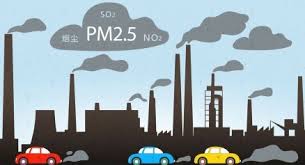
Particulate matter (also known as dust) is a variety of solid or liquid particles uniformly dispersed in the air. Generally, it can be divided into primary particles and secondary particles. The secondary particles are mainly composed of sulfur dioxide and nitrogen oxides, which can be used for human body. The respiratory system produces a stimulating effect, which in turn induces a series of respiratory diseases.
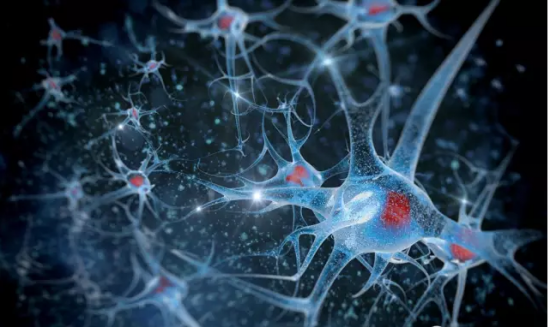
At this point, some people may say that the particles are so terrible. It is true that the harmfulness of particulate matter is not to be underestimated, but even more terrible is the fine particles in the particles. Then someone has to ask, is the fine particle thing "what is sacred"?

So what is the fine particle thing? In order to solve the doubts of everyone, Xiaobian is here to give you a good look at the fine particles, so that everyone has a deep understanding of it.
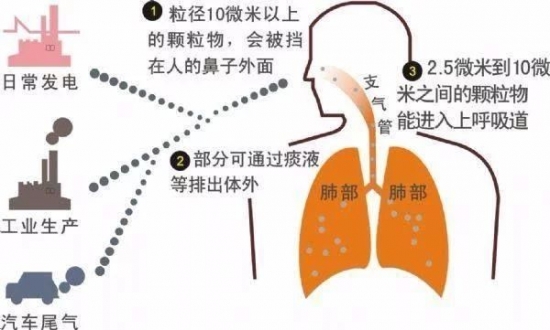
What is fine particles?
First, fine particles in aerodynamics refer to a class of particles having an equivalent diameter of 2.5 μm or less, which can be suspended in the air for a long time, and the higher the concentration of fine particles in the air, the more serious the air pollution. Secondly, the fine particles have a small particle size and a large area, and are easily attached by toxic and harmful substances. Because it has a long residence time in the atmosphere and a long transport distance, it is easy to cause harm to human health.
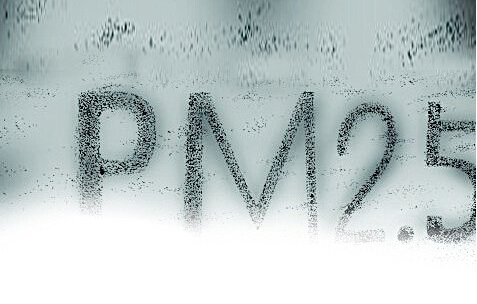
Also worth mentioning is the solid particulate matter (PM0.3) less than or equal to 0.3 microns in the air that is often overlooked. It not only possesses all the characteristics of PM2.5 mentioned above, but more seriously, the dispersion range of PM0.3 is far more than 1000 kilometers, so compared with the traditional PM2.5 fine particles, PM0.3 is good for human health and atmospheric environment. The impact of quality will be even greater.
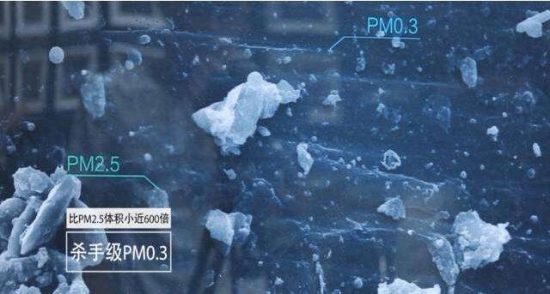
Source of fine particles
There are two main sources of fine particles, one is naturally occurring fine particles from natural soils, pollen, bacteria, and volcanic eruptions such as volcanic ash or coal dust. The second is caused by man-made, including fine particles produced by fuel combustion, second-hand smoke, and automobile exhaust. Take PM0.3, which is often overlooked, as an example. Its source is very wide, and it covers all aspects of our lives. More than 90% of PM0.3 in outdoor use comes from power plants, factories, and exhaust gases emitted by automobiles, as well as heavy metals such as mercury, cadmium, and lead. For homes, PM0.3 comes mainly from decoration, home, paint and adhesives. It can be seen that PM0.3 small particles are ubiquitous, both indoors and outdoors, and are always with us, affecting our health.
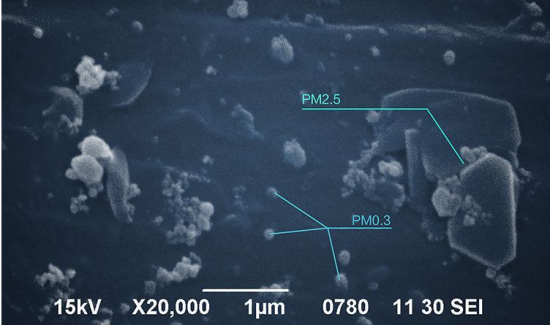
Hazard of fine particles
PM0.3 fine particles in addition to a wide range of sources, the harm is not to be underestimated. First of all, because PM0.3 has a small diameter, it can be said to be "pervasive" compared to PM2.5, which can only enter the lungs by breathing and block the alveoli, and can invade many systems and organs of the human body. This includes multiple systems such as breathing, immunity, blood, and circulation. First, when PM0.3 enters the human blood circulation system, it will cause damage to many important organs such as cardiovascular and brain, resulting in a series of cardiovascular and cerebrovascular diseases, followed by PM0.3 of organic compounds such as formaldehyde and benzene. It is also one of the primary "culprits" of leukemia, nasal cancer, colorectal cancer, and brain tumors. Not only that, PM0.3 fine particles can also cause a series of cancers such as lung cancer, liver cancer, and lymphoma. This shows that the harm of PM0.3 is very huge.
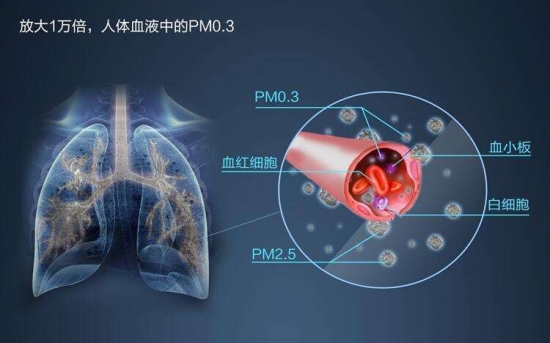
How to prevent and control fine particles
The protective measures for small particles can be roughly divided into the following two points. When the first door is out, the mask is worn to block the inhalation of fine particles, and some green plants are planted indoors to absorb fine particles in the indoor air. In the second place, fine particles can be filtered out directly in a closed room using an air purifier or a purifying device equipped with a filter.

However, for PM0.3, which is both widely used and extremely harmful, the first method seems to be incapable. Therefore, with the advancement of technology, the use of purification equipment for the prevention of small particles such as PM2.5/0.3 in the home is favored by more and more users, and the HEPA filter type air purifier is the most effective.

The above is the relevant science content of fine particles, I believe that everyone has a deep understanding of what is fine particulate matter (PM0.3), what are the hazards of fine particles and how to prevent it. But knowing only these popular science knowledge is not enough. Choosing the right protective measures is crucial.

In how to prevent fine particles, we also mention that more and more consumers are now more inclined to use purification equipment to deal with small particles, and the HEPA filter air purifier has become a user with its remarkable purification effect. The friend's first choice. So now you are only one of the reliable HEPA filter-type air purifiers from the clean air.
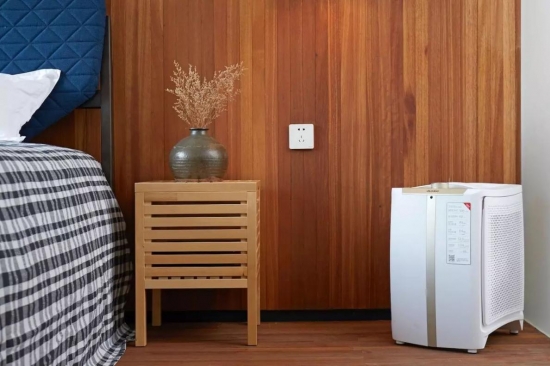
However, the current air purifier market is mixed, and the air purifiers on the market are also diverse. How can we choose a reliable HEPA filter type air purifier among many air purifiers? To solve this problem, Xiaobian also recommended an air purifier for everyone today.
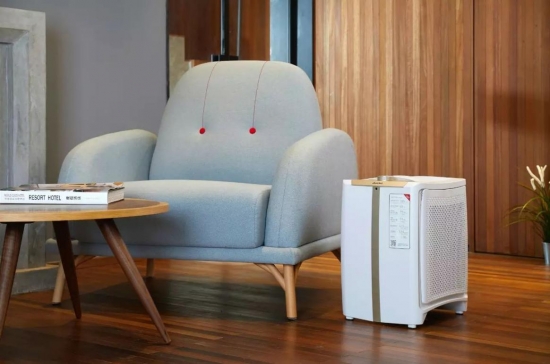
The Swedish Dusit Air Purifier is first designed with a unique double-inlet airframe structure, combined with a quadruple filtration system (including a HEPA filter) to effectively target fine particles such as pollen, dust and PM2.5/0.3. Filtration, filtration efficiency is as high as 99% or more. In addition, its Dustie DAC700 air purifier has a particularly good effect on the filtration of fine particles. The primary filtration rate of PM2.5 is 100%, and the filtration rate of PM0.3 is over 99%. It is also worth mentioning that the Dustie DAC700 air purifier has also been officially certified by the Swedish Association of Allergy and Asthma. It is the “gospel†for patients with allergies and asthma history. You can use it with confidence.

So when you are still worried about the harmful effects of small particles on your family, try the Swedish Dusit Air Purifier for the smog that affects your breathing. It is the perfect place to purify the air in winter.
What is a data cable
A data cable is used in establishing connections between multiple computers over a network. To use this, an ethernet cable is utilized. The ethernet cable uses the network interface to connected PCs.We have several kinds of data cables: USB Cable ,Micro cable,Cable for apple, HDMI Cable ,Displayport Cable,Thunderbolt Product and so on.




Usb Data Transfer Cable,Best Data Cable for Fast Charging,Best Hdmi Cable,Docking Station for Laptop,Mini Power Bank
Pogo Technology International Ltd , https://www.wisesir.net